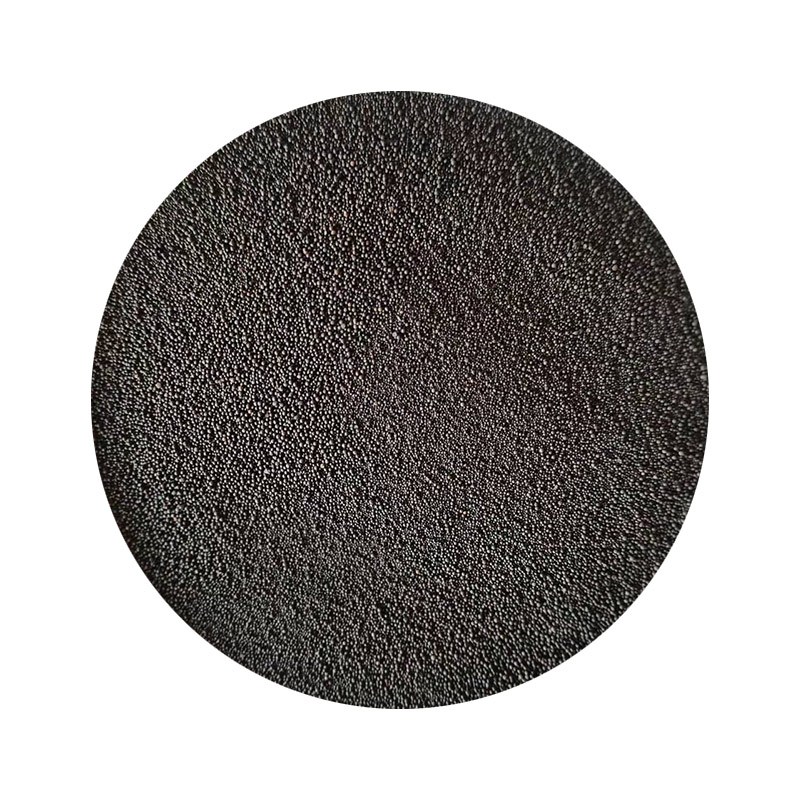The Importance of Sanding in 3D Printing
3D printing has revolutionized the manufacturing landscape, allowing for unprecedented customization and complexity in product design. However, while the technology provides incredible opportunities for innovation, it also presents unique challenges, particularly concerning the finishing processes. One essential technique in preparing 3D printed objects for practical use or aesthetic appeal is sanding.
Understanding 3D Printing Surface Quality
When a 3D object is printed layer by layer, the results can often exhibit visible layer lines and rough surface textures. These imperfections are increasingly evident in high-resolution prints, where even the smallest discrepancies can affect both the look and feel of the end product. Sanding is a crucial process that enhances the surface quality of 3D printed items, making them smoother and more visually appealing.
The Sanding Process
Sanding involves the use of abrasive materials to remove imperfections on the surface of 3D printed parts. The process starts by selecting the appropriate grit sandpaper. Coarse grits (around 60 to 100) are effective for initial rough sanding, while medium grits (100 to 220) are suitable for smoothing the surface further. Finally, fine grits (220 and above) produce a polished finish. This method is not only time-consuming but also demands a level of skill to avoid over-sanding which can compromise the shape and dimensional accuracy of printed models.
For beginners, the key to effective sanding is patience. Instead of rushing through the process, it is essential to dedicate enough time for each stage of sanding. It's advisable to sand lightly and check progress frequently. This way, users can gradually reveal a more refined surface without sacrificing the integrity of the part.
Benefits of Sanding 3D Prints
1. Enhanced Aesthetic Quality One of the most apparent benefits of sanding is the improvement in the visual aspects of a print. Smooth surfaces are more appealing and often look more professional, which is particularly important for pieces intended for presentation or sale.
sanding 3d printed

2. Improved Adhesion for Finishing Whether the final goal is painting, coating, or adding decals, sanding prepares the surface for better adhesion of these finishes. A rough surface may impede paint or glue from adequately sticking, while a sanded surface ensures a smooth application.
3. Functional Improvements In functional parts, sanding can help reduce friction and improve fit and tolerances between assembled components. For mechanical parts, a smooth surface may lead to better performance and reduced wear over time.
4. Customization Opportunities For hobbyists and designers, sanding offers a chance to modify prints post-production. If a specific feature needs adjustment or a design element simplified, sanding can effectively reshape and refine the model beyond its original form.
Techniques and Tools
Incorporating the right tools can significantly improve the effectiveness of the sanding process. Hand sanding with sandpaper is common, but powered tools such as rotary tools and orbital sanders can expedite the job for larger or more complex prints. Additionally, applying light pressure while sanding and using circular motions can help achieve a more uniform finish.
For best results, the process is generally carried out during post-processing in a well-ventilated area, especially when dealing with materials that produce dust. Safety gear, including masks and goggles, should always be worn to protect against inhaling or coming into contact with fine particles.
Conclusion
Sanding may seem like a simple task, but it plays a pivotal role in the overall outcome of 3D prints. As the technology continues to develop and refine itself, incorporating sanding into the workflow provides an opportunity to elevate the quality of printed objects. By investing the time and effort into proper post-processing techniques, creators can significantly enhance both the visual appeal and functional capabilities of their 3D printed designs, paving the way for innovation and creativity within this exciting field.
Post time:12月 . 11, 2024 06:36
Next:Innovative Techniques in 3D Printed Sand Casting for Modern Manufacturing Solutions
